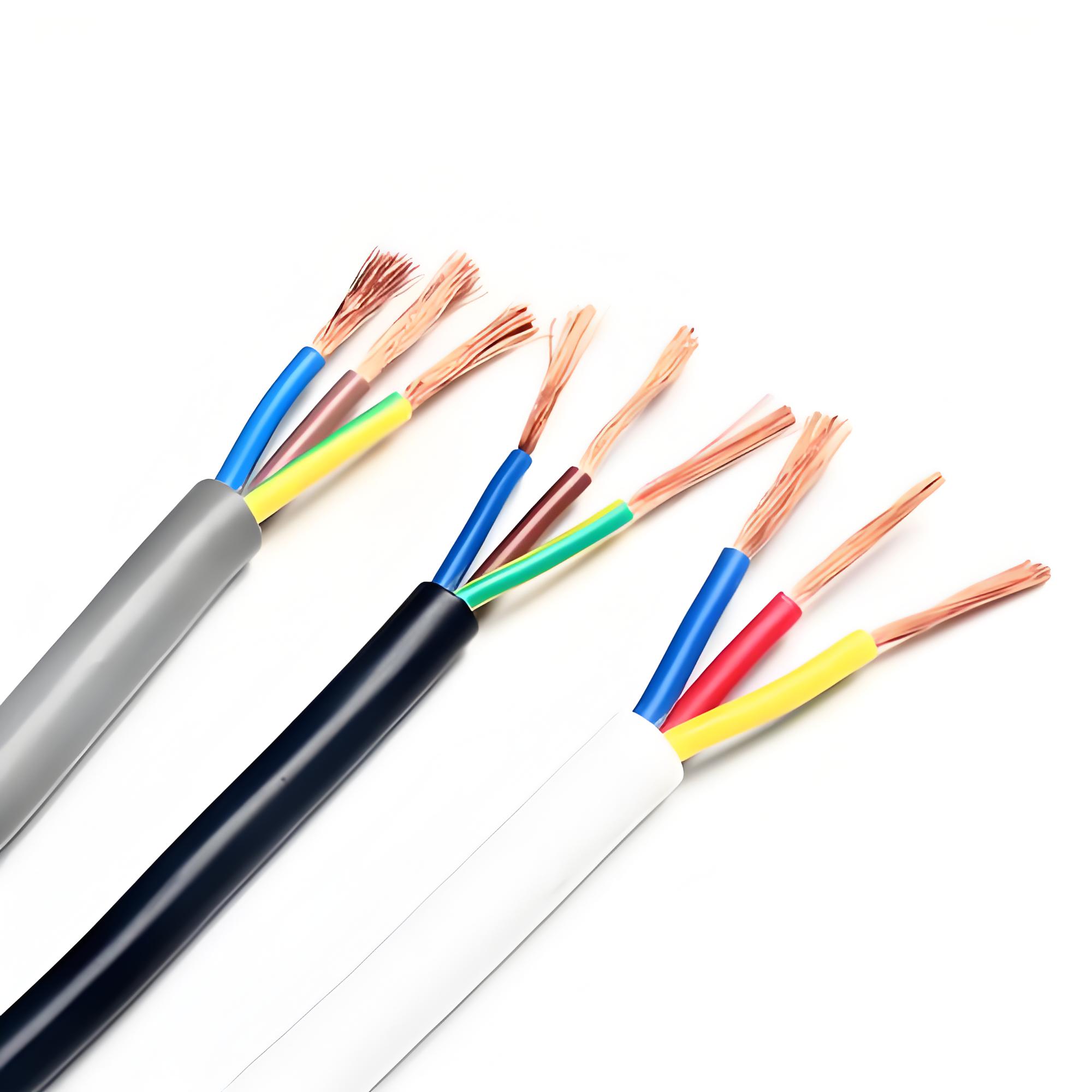What is the purpose of using wires in electrical wiring?
Electrical wiringis an essential part of electrical engineering, involving the selection, installation, and maintenance of electrical wires . The purposes of wires in electrical wiring include several key aspects:

1. Power Transmission
Current Conduction: One of the primary purposes of wires is to serve as carriers of electric current, transmitting power from sources like generators or batteries to loads such as lights, appliances, and motors.
Energy Distribution: Wires distribute electrical energy from main distribution panels to different rooms, floors, or locations within a building.
2. Signal Transmission
Communication: Besides power transmission, wires are used for signal transmission, such as telephone lines, data cables, and coaxial cables.
Control Signals: In automated control systems, wires transmit switch signals, sensor signals, and more.
3. Grounding and Protection
Grounding: Some wires are specifically designated for grounding to ensure the safe operation of electrical systems, preventing overvoltage and the buildup of static electricity.
Circuit Protection: Certain wires are used to connect protective devices like circuit breakers and fuses to prevent overloads and short circuits.
4. Connecting Devices
Device Interconnection: Wires are used to connect various electrical devices so they can function properly.
Outlets and Switches: Wires connect outlets and switches, allowing users to plug in and control electrical devices.
5. Building Circuits
Series and Parallel Connections: Wires enable the creation of series or parallel circuits to meet different electrical requirements.
Branching and Convergence: Wires can branch out to different locations or converge at a single node as needed.
6. Electromagnetic Compatibility
Shielding : Some wires have shielding layers to reduce electromagnetic interference (EMI) and radio frequency interference (RFI).
Interference Mitigation: Proper design and layout of wires can help improve the electromagnetic compatibility of systems.
7. Aesthetics and Concealment
Hidden Wiring: In modern construction, wires are often concealed within walls, floors, or ceilings to maintain a tidy appearance.
Decorative: In some cases, wires can serve a decorative purpose, such as exposed industrial-style installations.
8. Maintainability
Inspection: The design and installation of wires should consider future inspection and maintenance.
Replacement: When wires age or become damaged, they should be easily replaceable.
Summary
The purposes of wires in electrical wiring are extensive, ranging from power transmission and signal transmission to grounding protection, device connection, circuit construction, optimization of electromagnetic compatibility, aesthetic concealment, and maintainability. Correct selection and installation of wires are crucial for ensuring the safe and reliable operation of electrical systems.
If you have any further questions or need more information, please let me know!
The Electricity Encyclopedia is dedicated to accelerating the dissemination and application of electricity knowledge and adding impetus to the development and innovation of the electricity industry.













